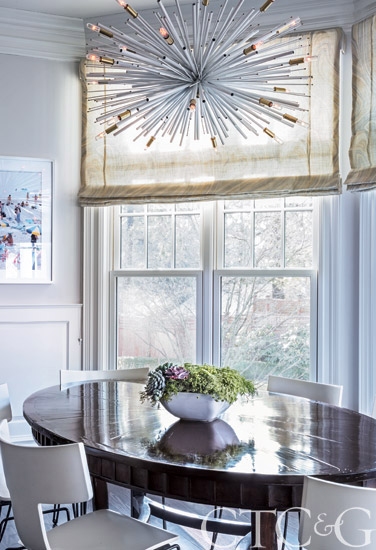When considering custom shades and blinds, there are an endless number of possibilities. To help understand what goes into creating custom shades and blinds, here are some of the factors to keep in mind.
Adjustable
The nice thing about blinds is that they are adjustable. You can determine whether you want the slats to be open to let the light or tightly closed for privacy and no light. You can also create an unobstructed view out of the window when you pull the blinds up and stack at the top.When they are pulled up and stacked at the top of the window, they leave an unobstructed view.
When determining which style of adjustment your prefer for your custom shades and blinds, you will have to answer what kind of privacy and light setting will best suit your needs.
Width
Deciding on the slat’s width will be one of the first decisions you will have to make with your custom shades and blinds. By and large, blinds are available in three standard sizes: ½ inch, 1 inch and 2 inches.
Because of the contemporary feel that they offer, ½-inch slats tend to be the most popular. Meanwhile, the 1-inch version are less expensive (they are actually easier to manufacture than the ½ inch widths) and serve as a nice compromise between the narrowest and the widest blinds. Lastly, 2-inch slats are best served for those looking to create an old-world look.
Horizontal vs Vertical
When deciding how to arrange, the slats can either be placed horizontally or vertically. Most standard windows implement the horizontal arrangement while the vertical blinds are designed for wide window expanses and sliding glass doors. These vertical products stack off to the side, rather than at the top of the window.
Matching Color?
You are probably asking: should my custom shades and blinds match my room? There are two answers, depending on your situation. If have no problem with the custom shades and blinds being the focal point and you know that you will never ever adjust the room’s color scheme, then you can consider picking a color.
However, if your goal is to create a classic, timeless custom shades and blinds design, then going with a neutral color that is close to the window trim is the move. Those who go with this strategy will never be wrong.
Materials of Custom Blinds
When considering custom shades and blinds, you will be presented with a number of options for materials. Some of the most popular are:
- Wood blinds: wood (including faux wood) can provide a softer feel to windows. When deciding between real wood and faux wood, understand that the faux versions have some advantages, namely: less expensive and less susceptible to moisture issues (which makes it a great choice for bathrooms, kitchens and moist climates).
- Woven woods: in the strictest sense, woven woods are actually shades, not blinds. The difference is that while blinds are hard and slatted, shades are soft and are usually constructed from materials on a continuous roll, with no adjustment for light. Woven woods are available in multiple styles, like grasses, reeds, jute and bamboo.
When considering custom shades and blinds, be aware that you get what you pay for. Choosing a less expensive option might seem like a no-brainer, but make sure the final product will last you.
